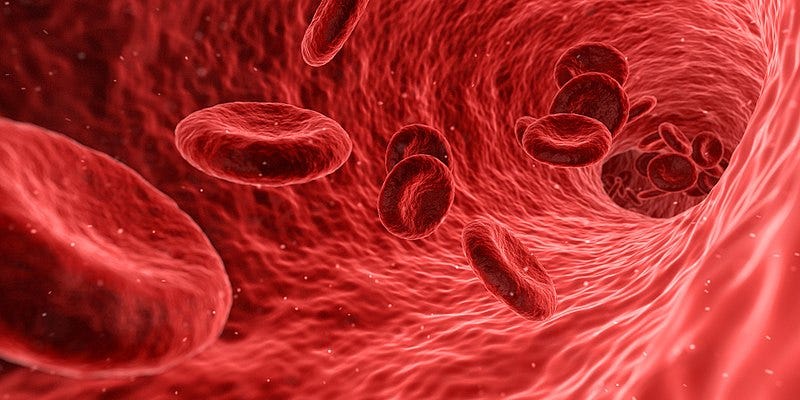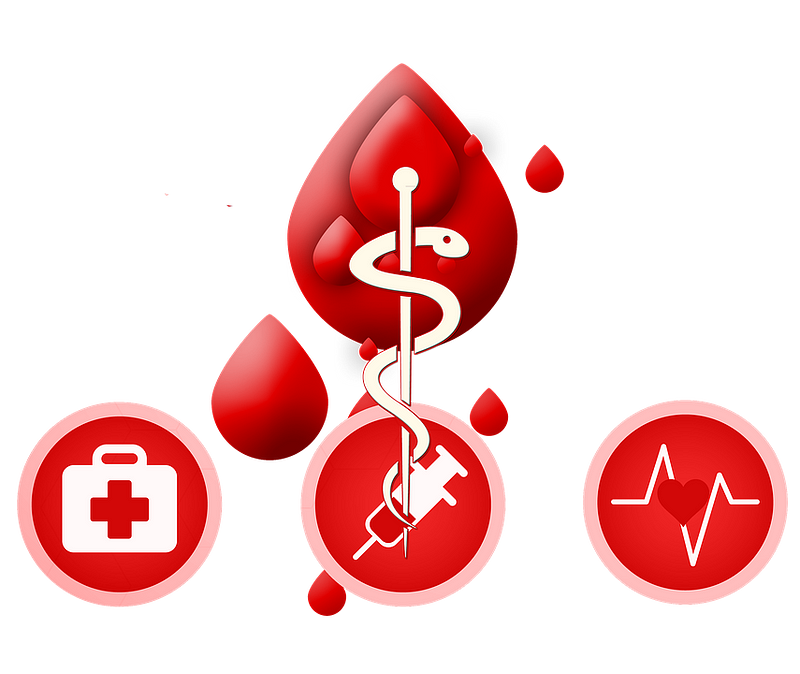Exploring the Potential of Blood in Curing Aging and Diseases
Written on
Chapter 1: The Significance of Blood
Blood holds a crucial role in the human body, a fact that has been acknowledged throughout history. Without blood, life is simply not possible.
It serves as a conduit for nutrients and waste removal across nearly all body tissues, while also transporting immune cells and hormones, and regulating temperature. Its multifaceted nature underscores its importance.
In many cultures and belief systems, blood has a powerful symbolic presence. The figure of the vampire exemplifies how fears can manifest into myths, as these creatures seek the very essence of life itself. This symbolism appears in various cultures, particularly during the night.
As we delve deeper into the complexities of blood, science and technology are gradually unraveling its secrets.

Chapter 2: The Fountain of Youth?
While tales of figures like Countess Elizabeth Báthory de Ecsed indulging in blood baths for rejuvenation may sound fanciful, the concept of blood as a source of youth isn't entirely unfounded.
Known as parabiosis, this process involves transfusing blood from younger individuals into older ones, with the aim of rejuvenating the latter. Although this practice has been around for over 150 years, it has gained renewed interest in recent years.

Initial studies on the rejuvenating properties of blood began with mice, but there is a surge of interest in transitioning these studies to human trials. Several startups are already investigating the commercialization of this potentially groundbreaking medical advancement, with young blood even suggested as a means to slow cognitive decline in Alzheimer's patients.
However, it’s essential to exercise caution. Mice are not humans, and many medical advancements observed in mice do not always translate successfully to humans. While some studies show promise, they also reveal that not all older mice benefit from such treatments, and compatibility issues between donors and recipients may arise.
We still lack a complete understanding of how long the effects last or what specific components in young blood contribute to the rejuvenation process. Recent research even indicated that diluting older blood with saline-albumin could yield similar rejuvenation effects.
As we explore these possibilities, ethical considerations come into play. Should we exploit young donors? If a pharmaceutical solution is developed, who will have access to it? These questions need to be addressed.
A thought-provoking article emphasizes that while parabiosis might bring us closer to the idea of a fountain of youth, it is too soon to fully assess its implications on health, aging, and society.
Chapter 3: The Quest for Synthetic Blood
If blood holds such promise, why not create it synthetically? While efforts have been made to develop synthetic blood products, they primarily aim to replicate only a few of blood's numerous functions.
Blood's complexity presents significant challenges in mimicking its capabilities. Blood cells must perform various tasks, including carrying and exchanging molecules, altering shape to navigate tight spaces, and sustaining circulation.
Biomimetics offers a potential solution, focusing on imitating natural systems. Recent advancements in material science and nano-engineering have led to the development of synthetically reconstructed red blood cells that closely resemble native ones in size, shape, and functionality.
These synthetic cells might also be designed to deliver drugs or detect toxins, paving the way for a future where we can enhance our blood with rejuvenating, disease-fighting synthetic components.